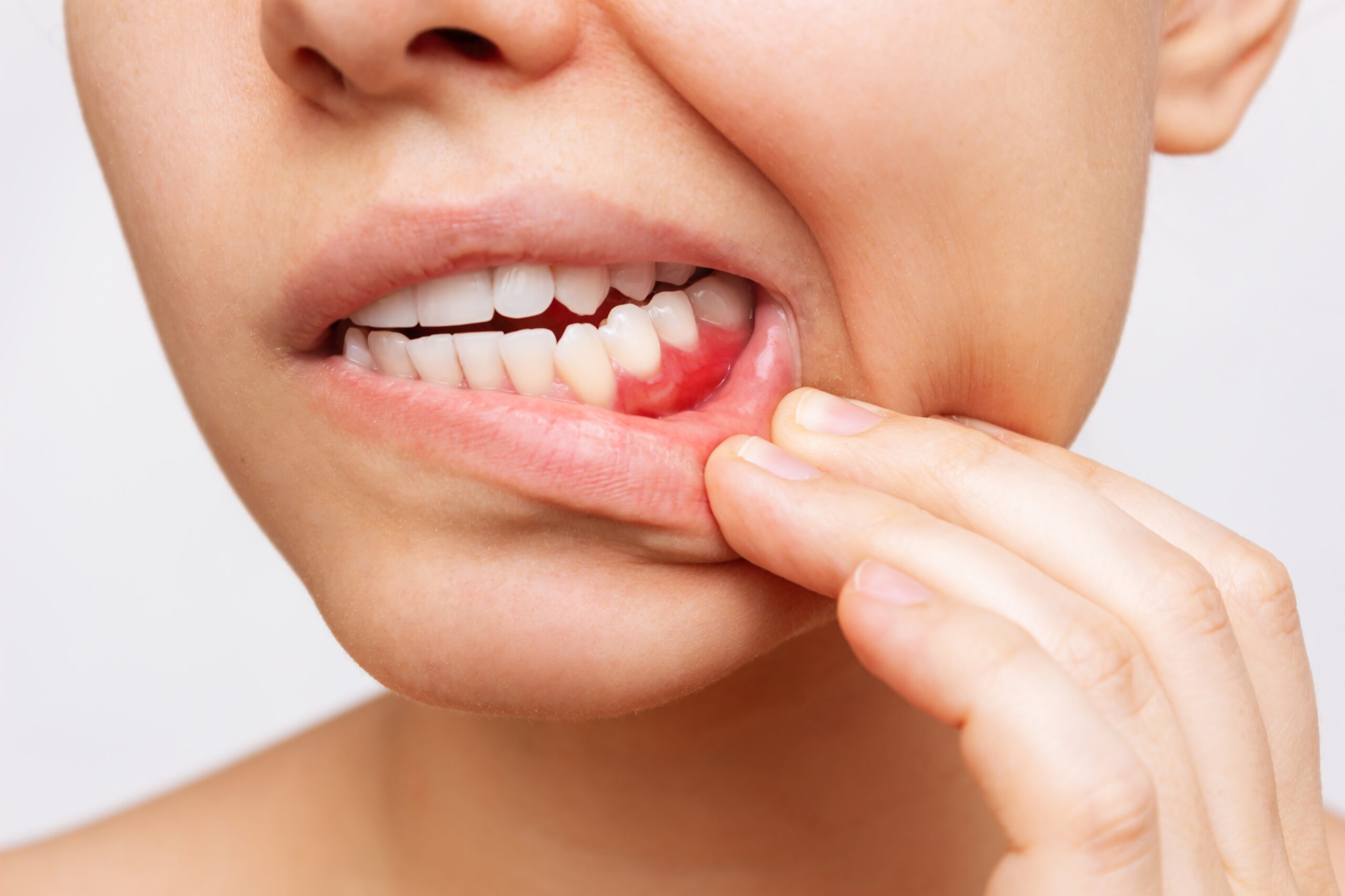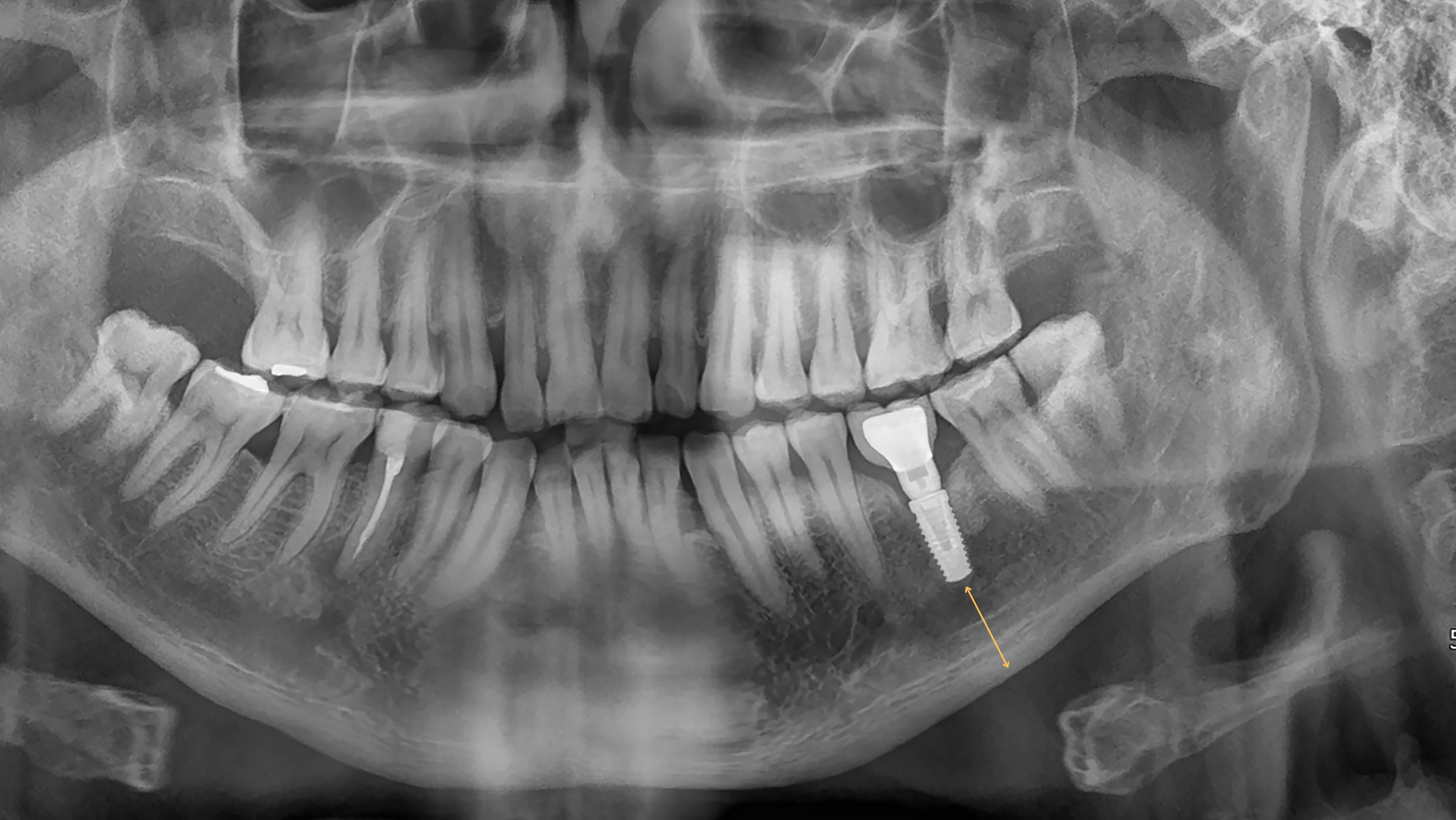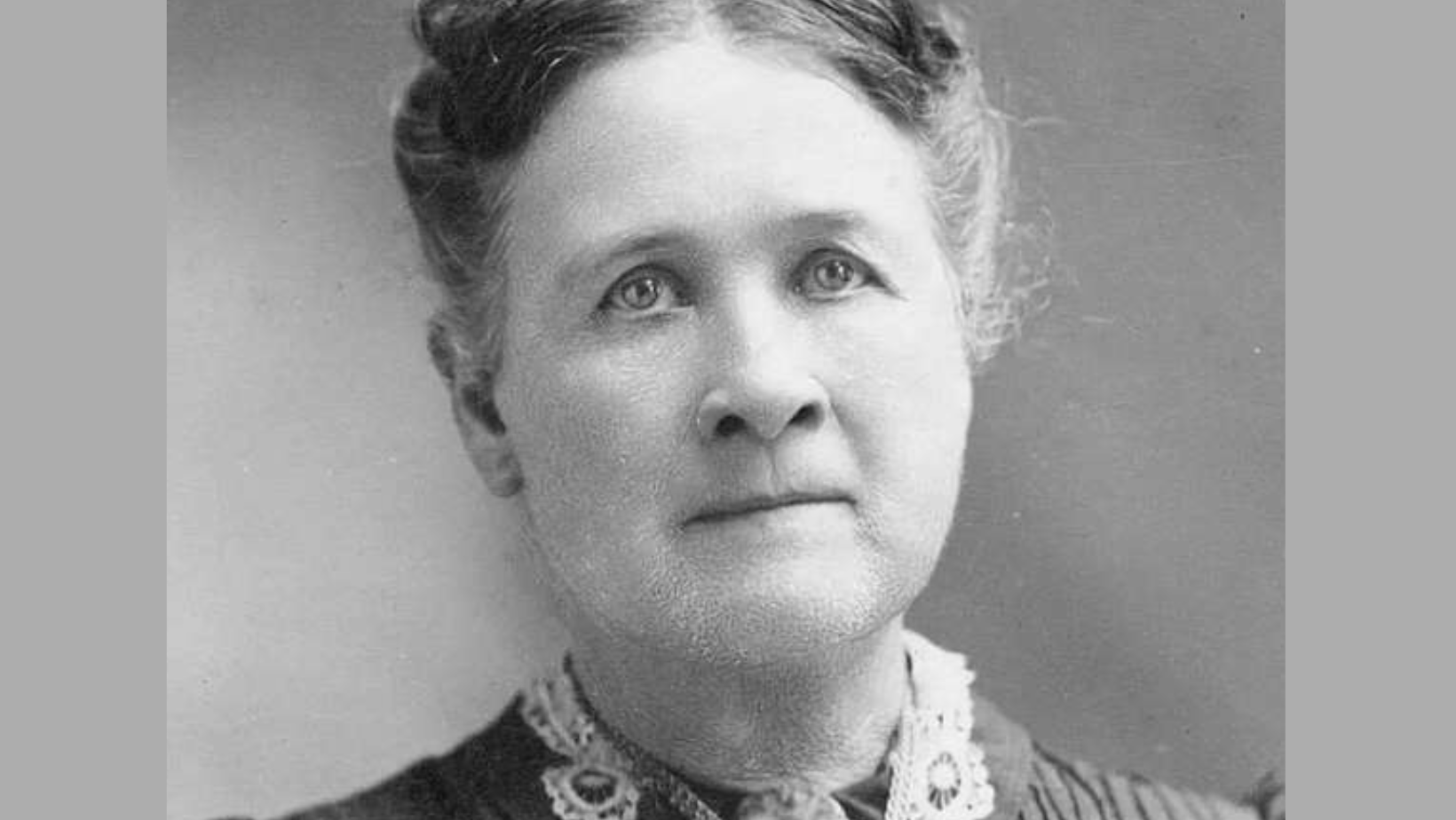What is Periodontal Disease?
 By: Britely
By: Britely
Periodontal disease is becoming an increasing problem in adults over 30 years old. According to the Centers for Disease Control (CDC), 47.2% of adults aged 30 years and older have some form of periodontal disease. That number increases with age to 70.1% of adults over 65.
According to the National Institute of Dental and Craniofacial Research (NIDCR), Periodontal disease is an infection of the tissues that hold your teeth in place. It’s usually caused by poor dental hygiene, and can have many symptoms such as:
- Bad breath that won’t go away
- Red or swollen gums
- Tender or bleeding gums
- Painful chewing, loose teeth
- Sensitive teeth
- Receding gums or teeth that appear longer
What Causes Periodontal Disease?
The leading cause of periodontal disease is poor dental hygiene. Not brushing or flossing daily allows bacteria to build up on teeth and harden. Once the bacteria is on the teeth long enough, it turns into a film called plaque. The plaque then turns into a harder substance called tartar, which builds below the gum line. At this point, only a dental professional can remove the tartar before it causes more problems.
How do I prevent it?
The best way to prevent periodontal disease is by maintaining good oral hygiene. This includes brushing and flossing at least twice daily to prevent bacteria from building up. Taking action before it becomes a problem is key, and be sure to see a dentist at least once a year. This way, a professional can catch any issues that occur and come up with a plan on how to stop them.


